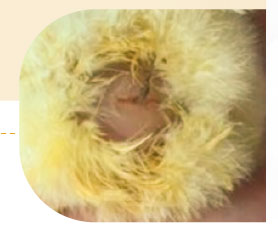BIRDS WITH OPEN, TWISTED OR SHORT LEGS
Hatchery
Discarded chicks: Source of information to improve hatching performance
To read more content about 2019
Hatchery
To read more content about 2019
Content available at:
Español (Spanish)
This article describes some physical abnormalities and the reasons why they occur.
BIRDS WITH OPEN, TWISTED OR SHORT LEGS
This is one of the most common physical abnormalities. High embryonic temperatures (101-102 ° F) and poor ventilation affect normal embryonic leg formation. If the percentage exceeds “normal” check the temperature of the eggs in the last days in both incubators and hatchers. Avoid smooth surfaces where birds have to stand (ex: hatcher trays). Nutritional deficiencies in the parent stock can also contribute, such as: biotin, manganese, choline, nicotinic acid, pyridoxine, folic acid.

SWOLLEN JOINTS (RED HOCKS)
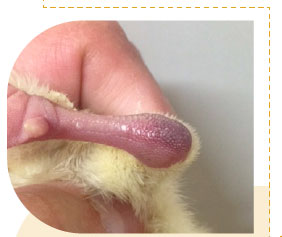
This phenomenon is very frequent in seasons of high humidity. Check the weight loss of the eggs upon transfer. Percentages less than 9% generate small air chambers that make it difficult for the birds to get out, generating lacerations and injuries from their excessive efforts.
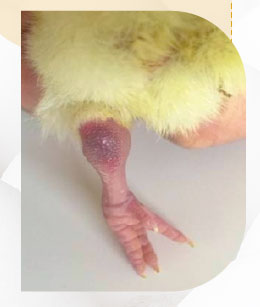
CHICKS WITH BLACK NAVELS (SCABS)
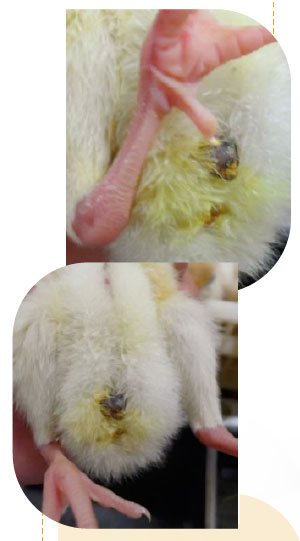
The high temperature and lack of ventilation accelerates embryonic development, interfering with the total absorption of the yolk sac when the navel is being sealed. The small outer remnant transforms into a black scab. Check the temperature of the shell, it should be between 99.4-100 ° F.
LONG UMBILICAL CORDS
In nature, the hens stand up once the chicks hatch, thus allowing air circulation to dry off the cords, which then become fragile and fall off. In hatcheries, high humidity levels in hatchers interfere with the normal drying process.
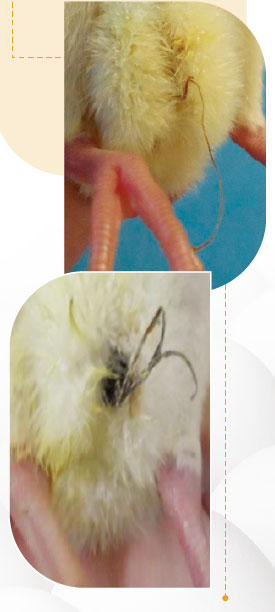
UNHEALED NAVELS
This abnormality is mostly noticed in chicks with wet plumage. In this case, the total incubation time was very short or the incubation temperature was extremely low. Check the hatch window and shell temperature. Also very high humidity in hatchers interferes with normal sealing of the navels.
